Latin American Report 2011
The Report highlights the existence of significant territorial gaps and their impact on the unequal development possibilities of the territories. It is structured in two main sections. The first deals with territorial inequality. The average figures for socio-economic indicators in each country often conceal significant variations between territories, whether between urban and rural territories or between different political-administrative units. Thus, some social indicators in a given country may make it appear that there are no problems in the area they measure, given their average value, but hide the fact that this average is made up of results from territories in which the indicator is indeed satisfactory and results from other territories where it is clearly unsatisfactory.
The analysis in the first part of the Report identifies territories that are particularly lagging behind (or ahead) and that have significant negative (or positive) gaps with respect to their own country’s development, on the understanding that there are countries in the region with more advanced stages of development than others (Chapter 1). We find cases, for example, of countries with a relatively low average level of development in which there are no particularly lagging or advanced territories, as well as cases of countries with a relatively high average level of development in which only a few territories perform well, while the rest lag behind.
The second part of the Report analyses the implications of these inequalities in public policies and their relationship with institutional capacities. It is argued that sectoral policies can affect territorial inequality differently since the same policy can contribute to the development of one territory, have little impact on others, and negatively affect a third.
The cases of two policies are presented – the school education policy in Chile and the rural development programmes in Mexico; and one programme -the Bono de Desarrollo Humano in Ecuador- (Chapter 2). These initiatives have different purposes, some more limited than others; some have a long history and others more recent, but beyond their differences, they coincide in one aspect: they are policies designed with sectoral purposes that may have positive aggregate results, but when these are analysed independently, important inequalities are revealed in the results and impact. The reasons for the territorial gaps that these initiatives fail to eliminate (and often exacerbate) are different and in many cases predate the design and implementation of the policies. They have to do precisely with the type of territorial differences that, in the long run, the policies contribute to perpetuate, because they were not taken into account when the interventions were designed.
Part of the explanation for the existing gaps lies within the territories themselves, as institutional and social capacities are unequal.
This assertion is demonstrated by repeating the statistical analysis carried out in the first part of the Report, with indicators of local government management capacity, which once again reveals significant territorial gaps (Chapter 3). The Report ends by referring to two cases of endogenous development – the Sierra Sur Project in Peru and the Territorio Solidario de las Provincias del Sur de Santander in Colombia – which show how, despite different capacities and socially adverse contexts, certain socio-institutional arrangements contribute to reversing potentially negative trends (Chapter 4). Both experiences are the product of successful local management that integrates different actors, providing a strong citizen and democratic component, increasing local management capacities and innovating in the construction of tools for development and overcoming poverty.
Our offices:
- Chile: Huelén 10. Providencia, Santiago, Metropolitan Region. (+56-2) 2236 4557 | Fax (+56-2) 2236 4558.
- Ecuador: Czechoslovakia E9-95 between Switzerland and Moscow. Eveliza Plaza Building. First floor. Quito. (+593-2) 5150144.
- Colombia: Carrera 9 No 72-61 Office 303. Bogotá. (+57-1) 2073 850.

